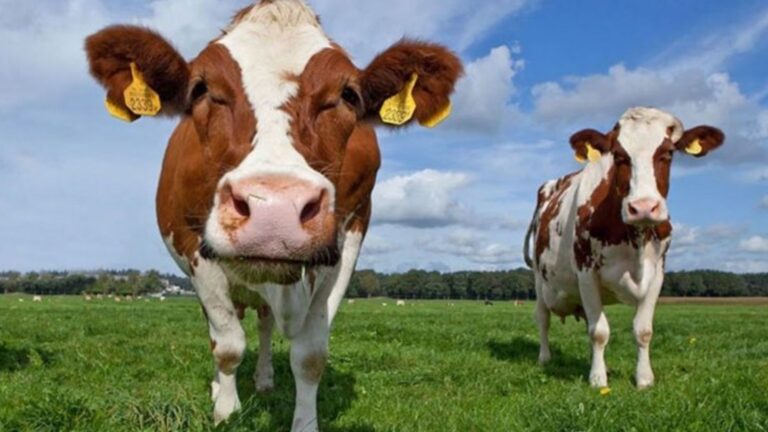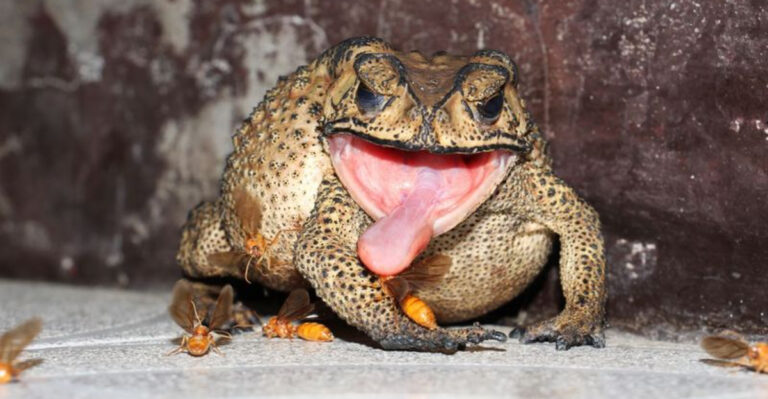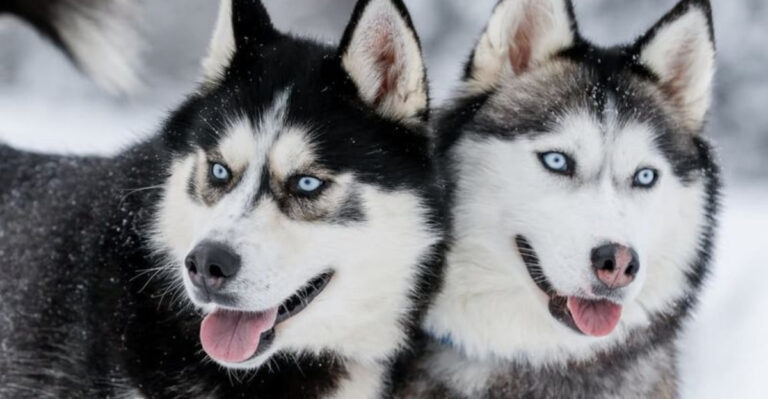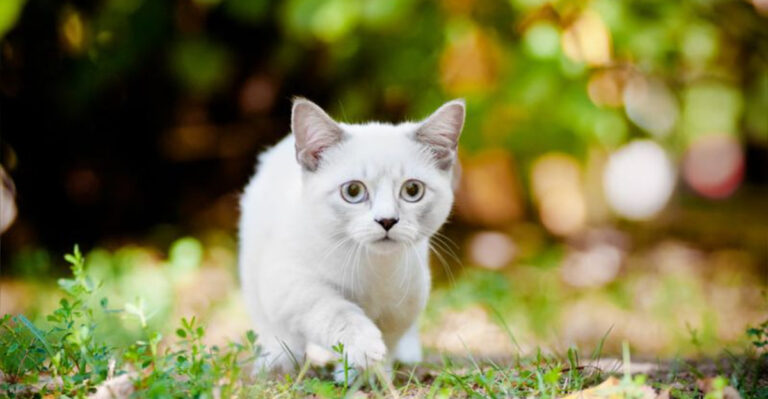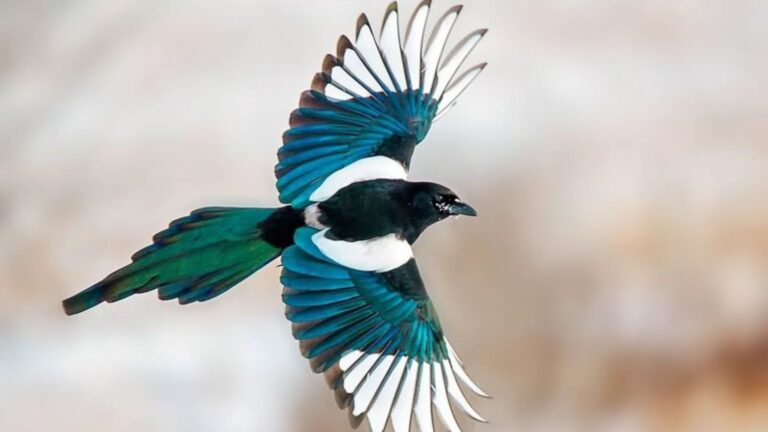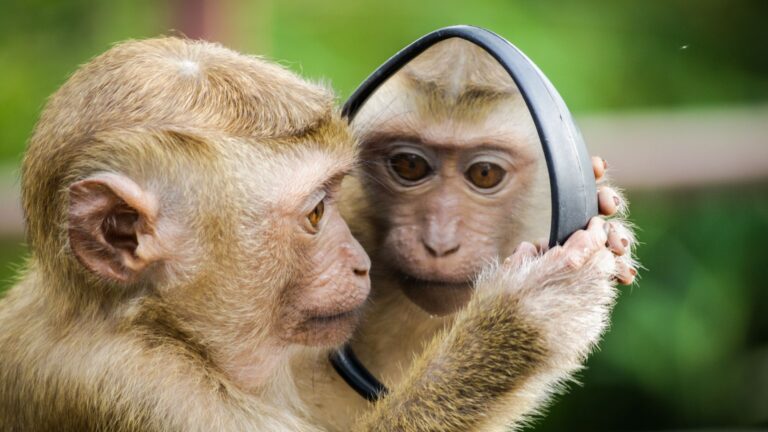12 Animal Duos Working Together To Survive And What We Can Learn From Them
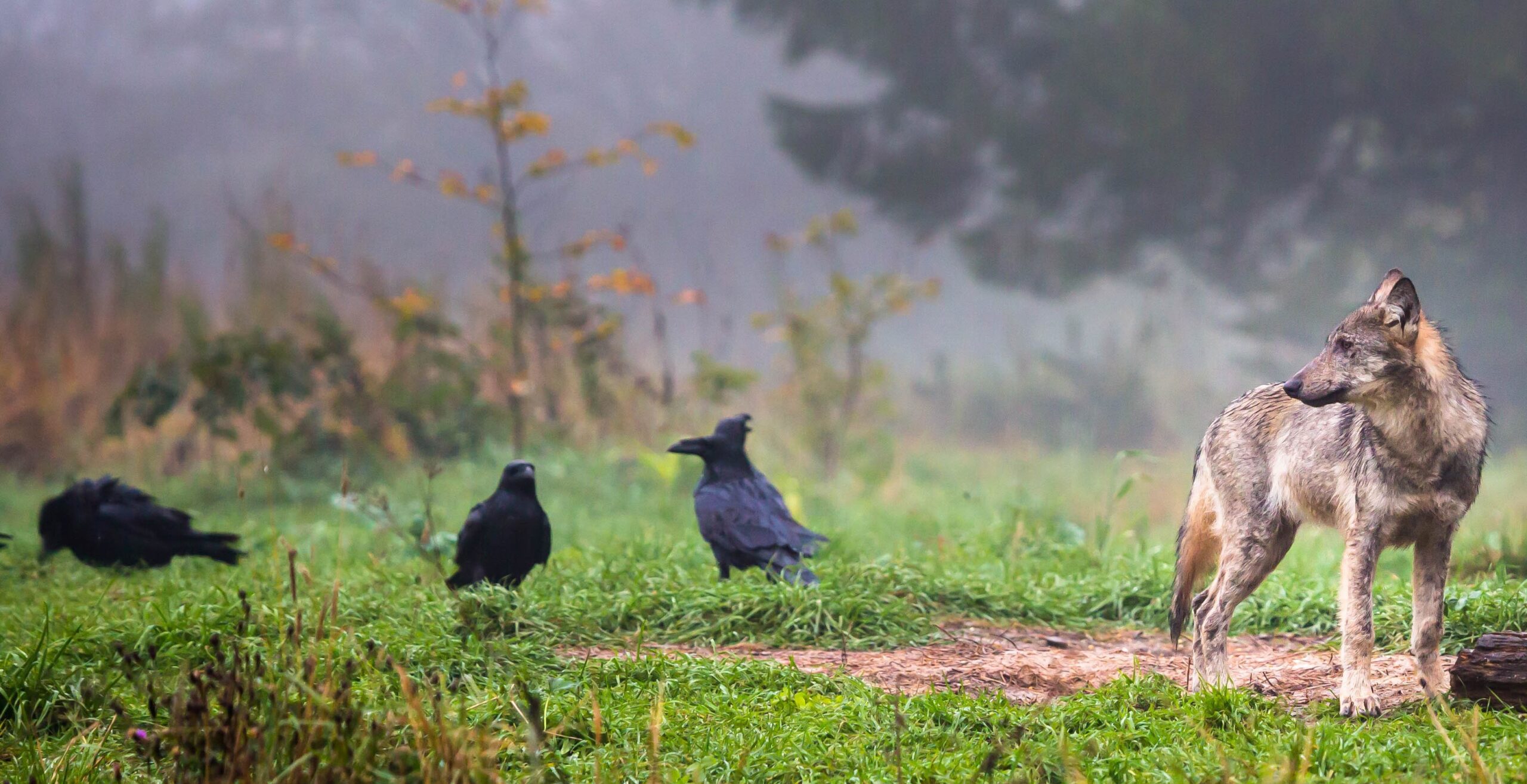
In the wild, survival often hinges on collaboration. Across the globe, countless species have formed fascinating partnerships to thrive in their environments.
These alliances, whether forged by necessity or evolutionary advantage, offer lessons in teamwork, adaptability, and resilience. From the depths of the ocean to the heights of treetops, animals demonstrate remarkable cooperation, revealing strategies that can inspire our own social endeavors.
1. Clownfish And Sea Anemone
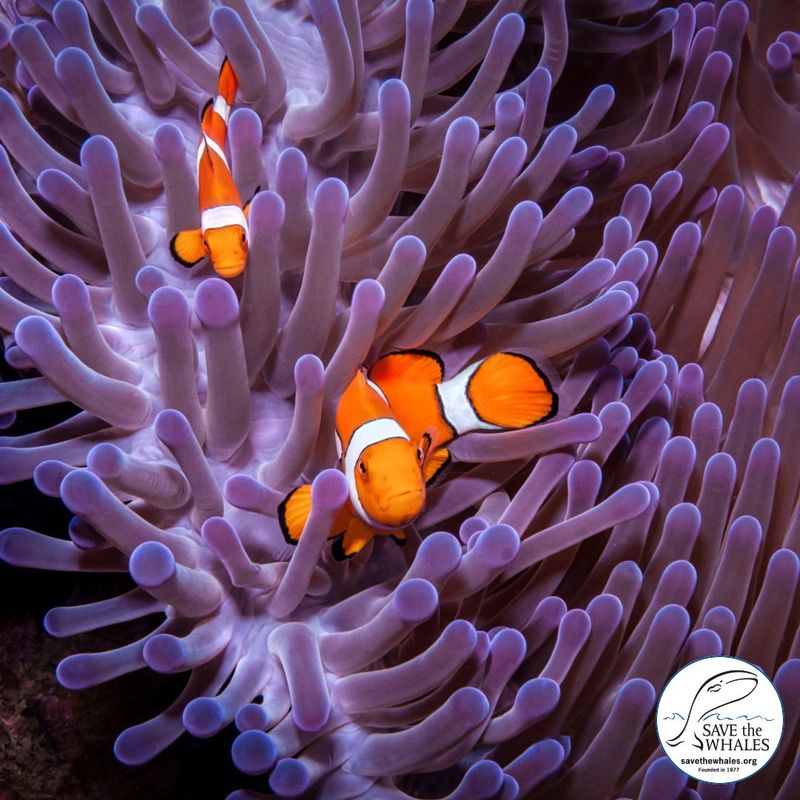
In the colorful underwater world of coral reefs, the partnership between clownfish and sea anemones is a striking example of mutualism. These bright fish, made famous by a certain animated movie, find safe haven among the tentacles of the sea anemone, which provide protection from predators.
The anemone, in return, receives a regular cleaning service, as the clownfish munch on detritus and parasites. This exchange is a win-win, with each party gaining something valuable. Additionally, the clownfish’s movements help to aerate the water around the anemone, enhancing its oxygen supply.
This partnership teaches us about the power of finding allies and forming alliances in our personal and professional lives. Much like the clownfish and sea anemone, we can achieve greater security and success by working together, leveraging each other’s strengths and supporting one another.
2. Oxpecker And Rhinoceros
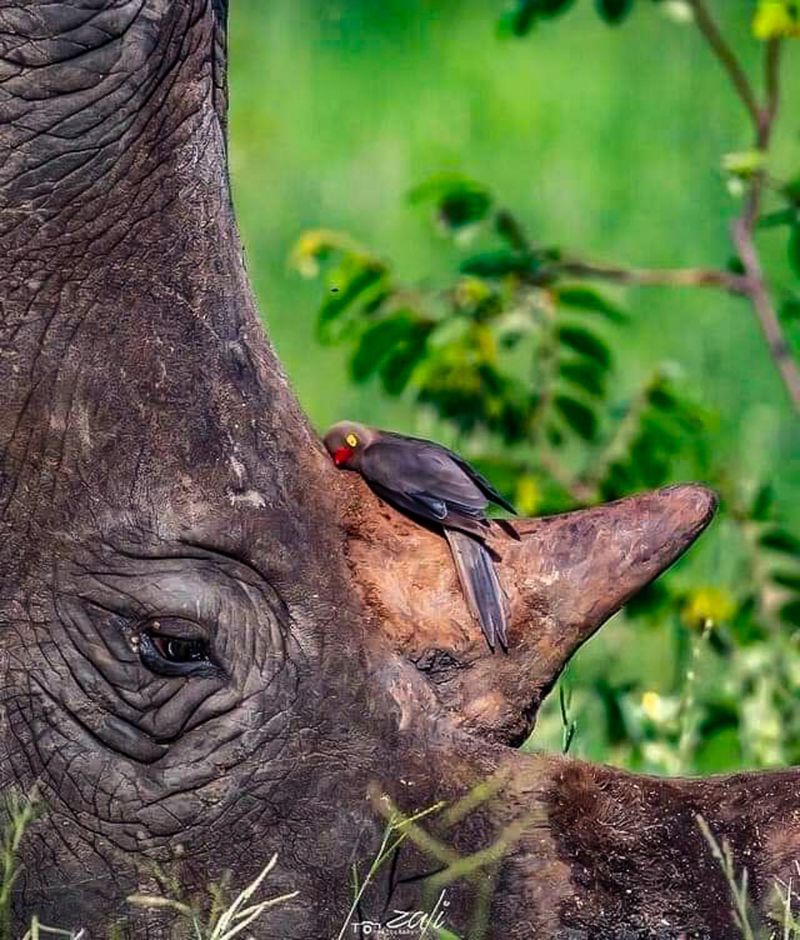
Imagine a bustling bird perched atop a massive rhinoceros. This scene is common in African savannahs, where oxpeckers and rhinoceroses engage in a mutually beneficial relationship. The oxpeckers feast on ticks and parasites found on the rhino’s tough skin, providing a valuable grooming service.
Meanwhile, the rhino offers the oxpecker a safe place to perch and feed. This relationship highlights the importance of cooperation in overcoming challenges. By working together, both species enhance their chances of survival in a harsh environment.
In our own lives, seeking partnerships can help us tackle problems more effectively, whether at work or in our communities. The oxpecker and rhino remind us that even seemingly unlikely alliances can lead to rewarding outcomes.
3. Cleaner Wrasse And Grouper Fish
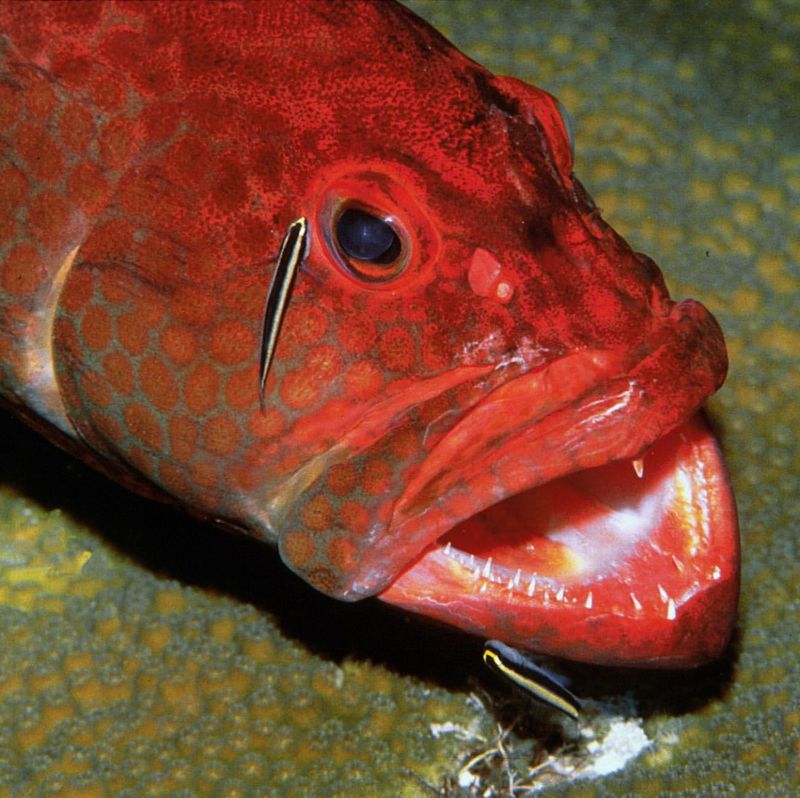
The underwater spa treatments provided by cleaner wrasse fish are legendary among sea creatures. In coral reefs, these small fish perform a critical role by cleaning parasites and dead skin from larger fish, like groupers.
This cleaning service is vital for the health of both parties. The wrasse gains a meal, while the grouper enjoys improved hygiene and health, reducing its risk of infections. Such symbiotic relationships are a testament to the power of collaboration.
From these aquatic partnerships, we learn the value of offering services and support to others. By helping those around us, we often receive benefits in return, fostering a sense of community and mutual gain.
4. Gobies And Pistol Shrimp
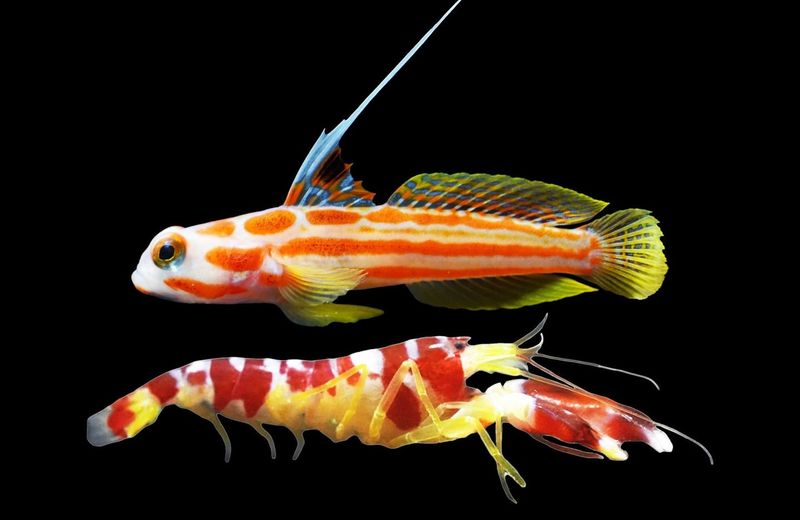
On the ocean floor, the dynamic duo of gobies and pistol shrimp showcases teamwork at its finest. The pistol shrimp builds and maintains a burrow, providing shelter for both species, while the goby stands guard.
With their keen eyesight, gobies alert the shrimp to any approaching danger, allowing it to retreat safely. This partnership is a perfect balance of skills and responsibilities, ensuring survival for both.
In our daily lives, combining our unique abilities with those of others can lead to successful outcomes. The goby and pistol shrimp remind us that trusting and relying on teammates can create a secure and productive environment.
5. Wolves And Ravens
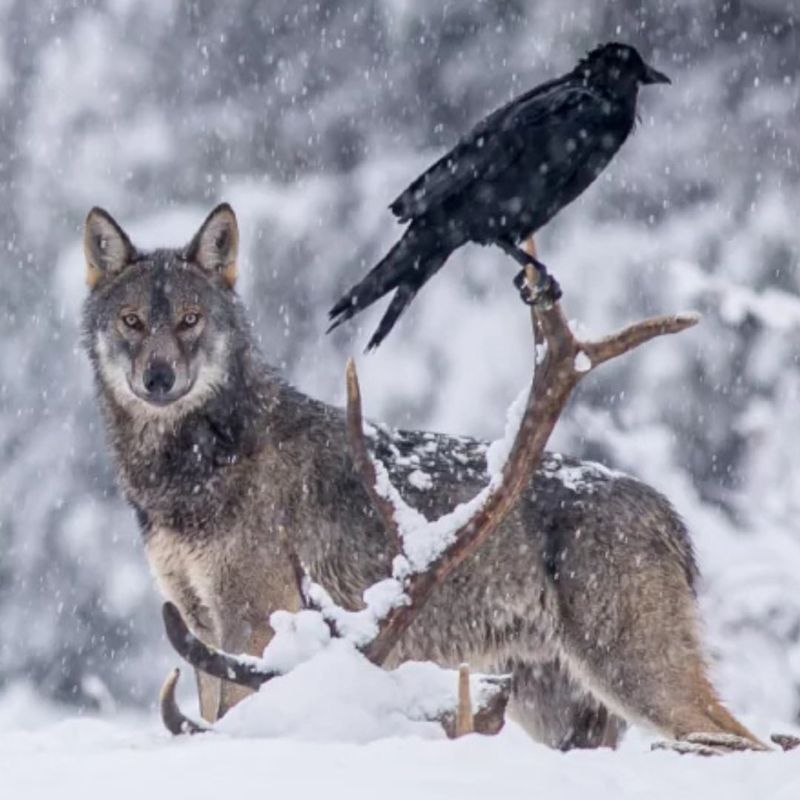
In the wilderness of North America, wolves and ravens have formed an intriguing partnership. Ravens are often seen following wolf packs, scavenging on leftovers from kills.
The wolves benefit from the ravens’ keen eyesight, which helps them locate prey. This cooperation can lead to more successful hunts, showcasing the benefits of strategic alliances.
From this relationship, we learn that collaboration can enhance our abilities to achieve goals. By sharing resources and skills, we can reach heights that might be unattainable alone.
6. Mantis Shrimp And Reef Fishes
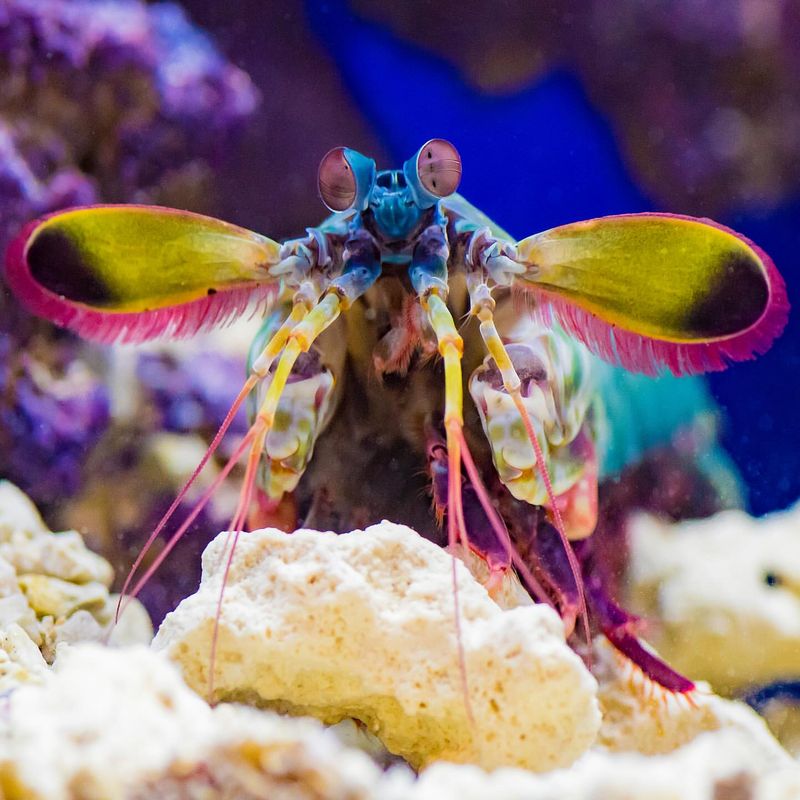
Mantis shrimp, known for their powerful punches, form useful partnerships with reef fish. These vibrant crustaceans use their strength to break open hard shells, providing access to food for themselves and surrounding fish.
In return, fish often help keep an eye out for potential dangers, offering a warning system for the shrimp. This interaction underlines how different strengths can complement each other.
By recognizing and utilizing the diverse abilities within a team, we can tackle complex challenges. The mantis shrimp and reef fish demonstrate the power of leveraging individual talents for collective success.
7. Crocodiles And Egyptian Plovers
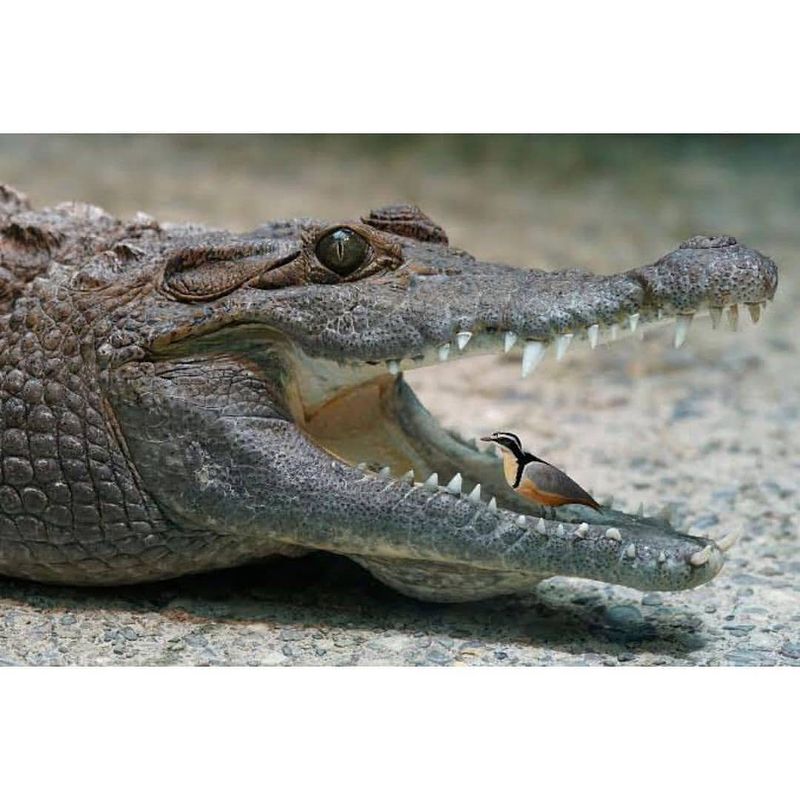
In the riverbanks of Africa, Egyptian plovers and crocodiles engage in an extraordinary relationship. The plovers fearlessly enter the open mouths of crocodiles to clean their teeth, removing harmful debris and parasites.
The crocodile, in turn, provides the plover with a safe feeding ground. This unusual alliance showcases the possibilities that arise from mutual trust.
In our interactions, building trust with others can lead to beneficial collaborations. The crocodile and plover remind us that even the most unlikely partners can create harmonious and productive relationships.
8. Bats And Pitcher Plants
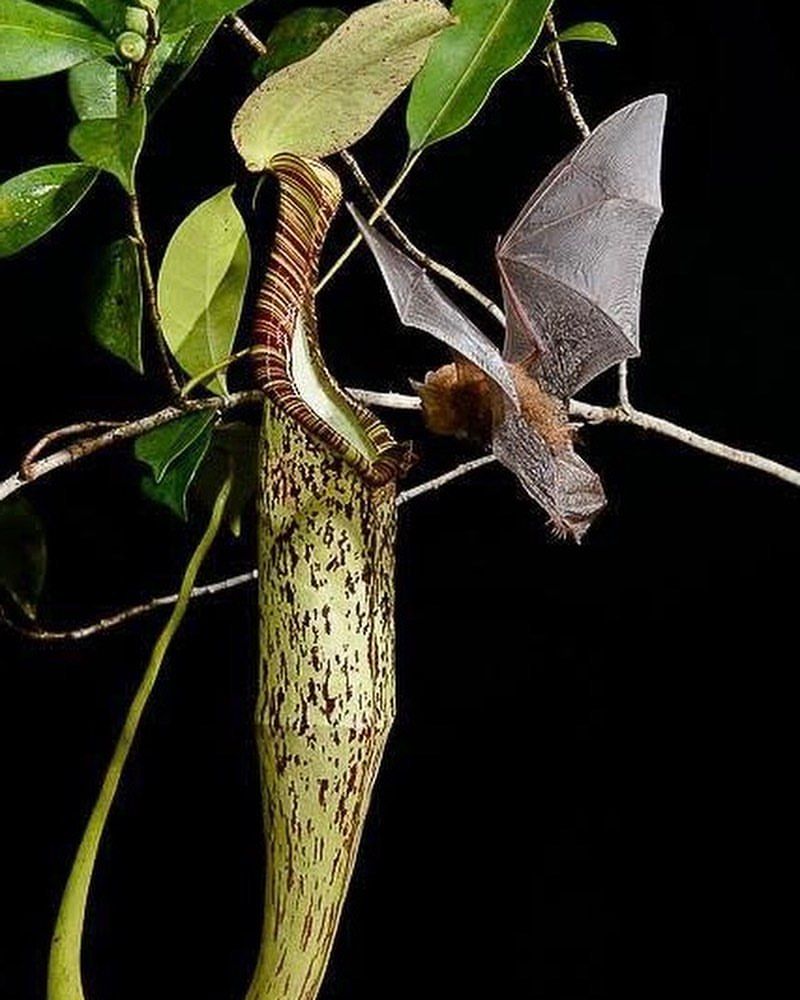
High in the canopy of Southeast Asian forests, bats and pitcher plants maintain a unique symbiotic relationship. Certain pitcher plants provide roosting sites for bats, who in return, deposit valuable nutrients via their droppings.
This exchange benefits both parties: the bats find shelter, and the plants receive essential nourishment. Such relationships illustrate the importance of interdependence in nature.
Through mutual support and resource sharing, we can strengthen our communities. The partnership between bats and pitcher plants is a reminder of the advantages of cooperation and shared resources.
9. Ants And Aphids
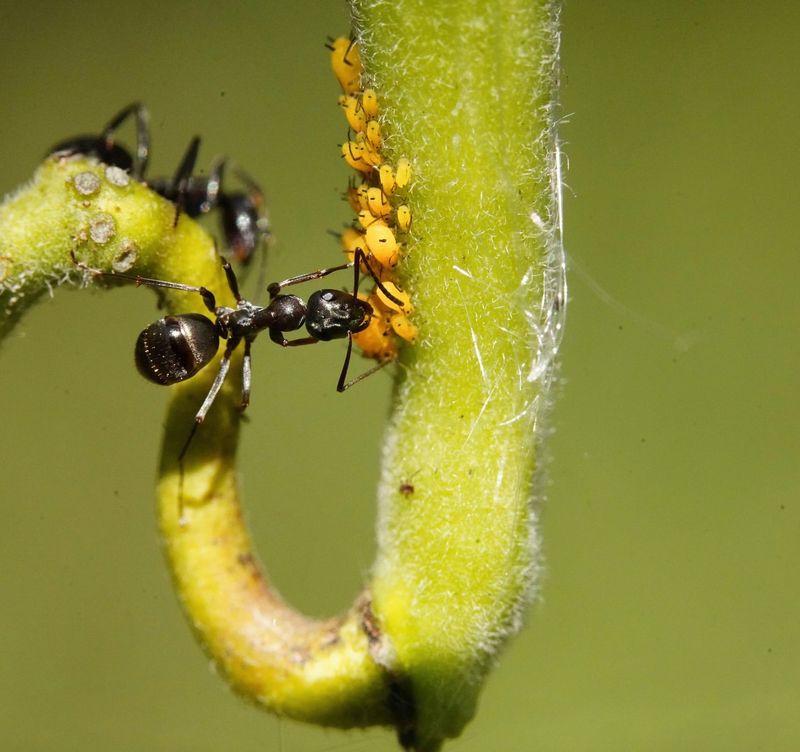
In the intricate world of insects, ants and aphids have developed a nurturing partnership. Ants protect aphids from predators and, in return, feed on the sugary honeydew that aphids produce.
This relationship highlights the balance of protection and reward. The ants’ guardianship ensures the aphids’ survival, while the aphids provide sustenance for the ants.
Such collaborations show how offering support can lead to reciprocal benefits. By fostering relationships where each party gains, we create resilient and thriving communities.
10. Zebras And Ostriches
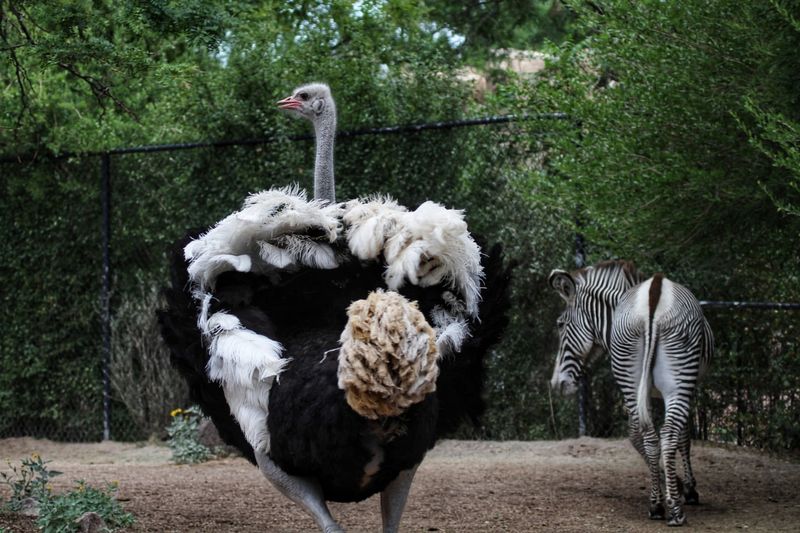
On the African plains, zebras and ostriches often graze in harmony, utilizing each other’s strengths. Zebras have excellent hearing and smell, while ostriches boast keen eyesight.
By combining their sensory capabilities, these animals enhance their chances of detecting predators. This cooperation ensures better protection and survival for both.
As we navigate our world, we can learn from zebras and ostriches by partnering with others who complement our skills. Collaborations that enhance our strengths can lead to greater achievements and security.
11. Honey Badgers And Honeyguide Birds
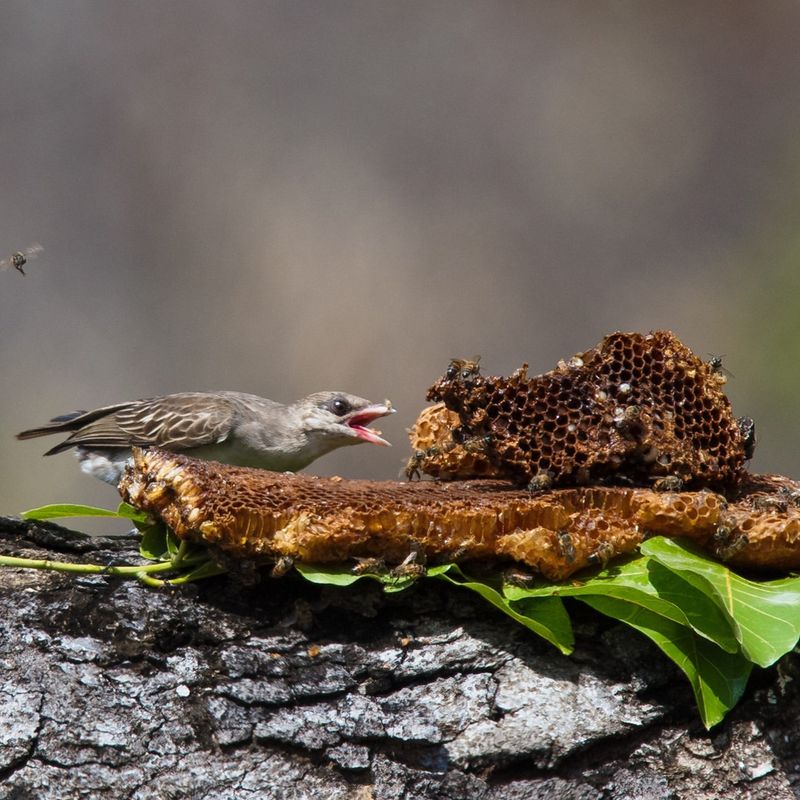
In the wild landscapes of Africa, honey badgers and honeyguide birds team up for sweet rewards. The birds lead honey badgers to beehives, where the badgers break them open to feast on honeycombs.
Afterwards, the birds enjoy the remaining wax and insects, benefiting from the badger’s efforts. This partnership exemplifies how cooperative ventures can yield rich results.
By working together, we can uncover opportunities that seemed out of reach. The honey badger and honeyguide bird teach us the value of collaboration in achieving shared goals.
12. Humans And Dogs

Throughout history, humans and dogs have developed a remarkable bond based on cooperation. Dogs assist in various tasks, from herding livestock to search and rescue missions.
This relationship is built on trust and loyalty, with each species enhancing the other’s capabilities. Humans provide care and shelter, while dogs offer companionship and assistance.
Our connection with dogs exemplifies how partnerships can lead to mutual growth and success. By valuing and nurturing these bonds, we can create enriched and supportive environments.

